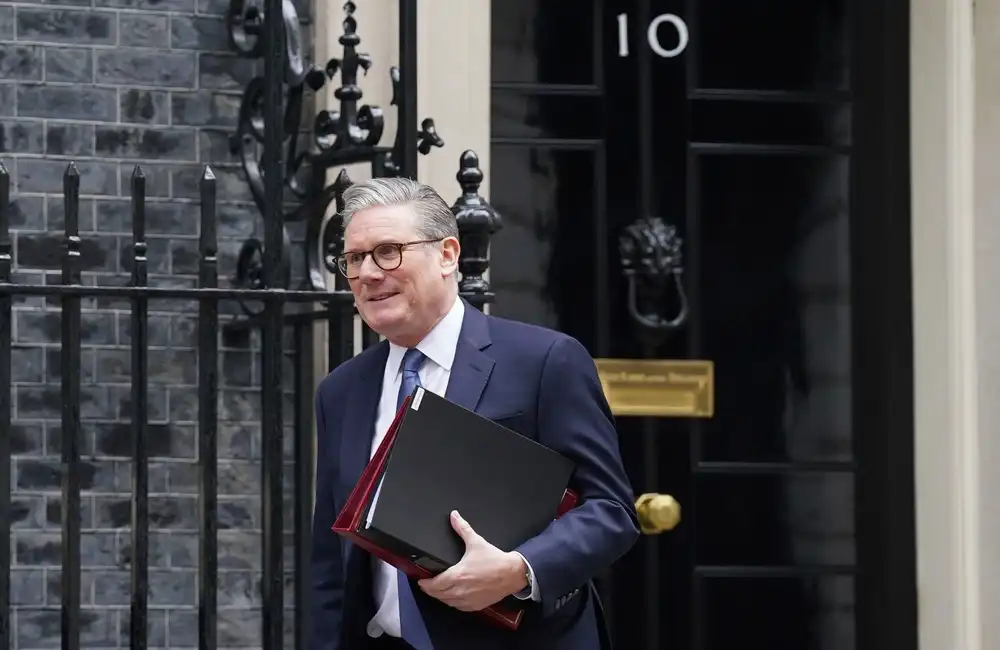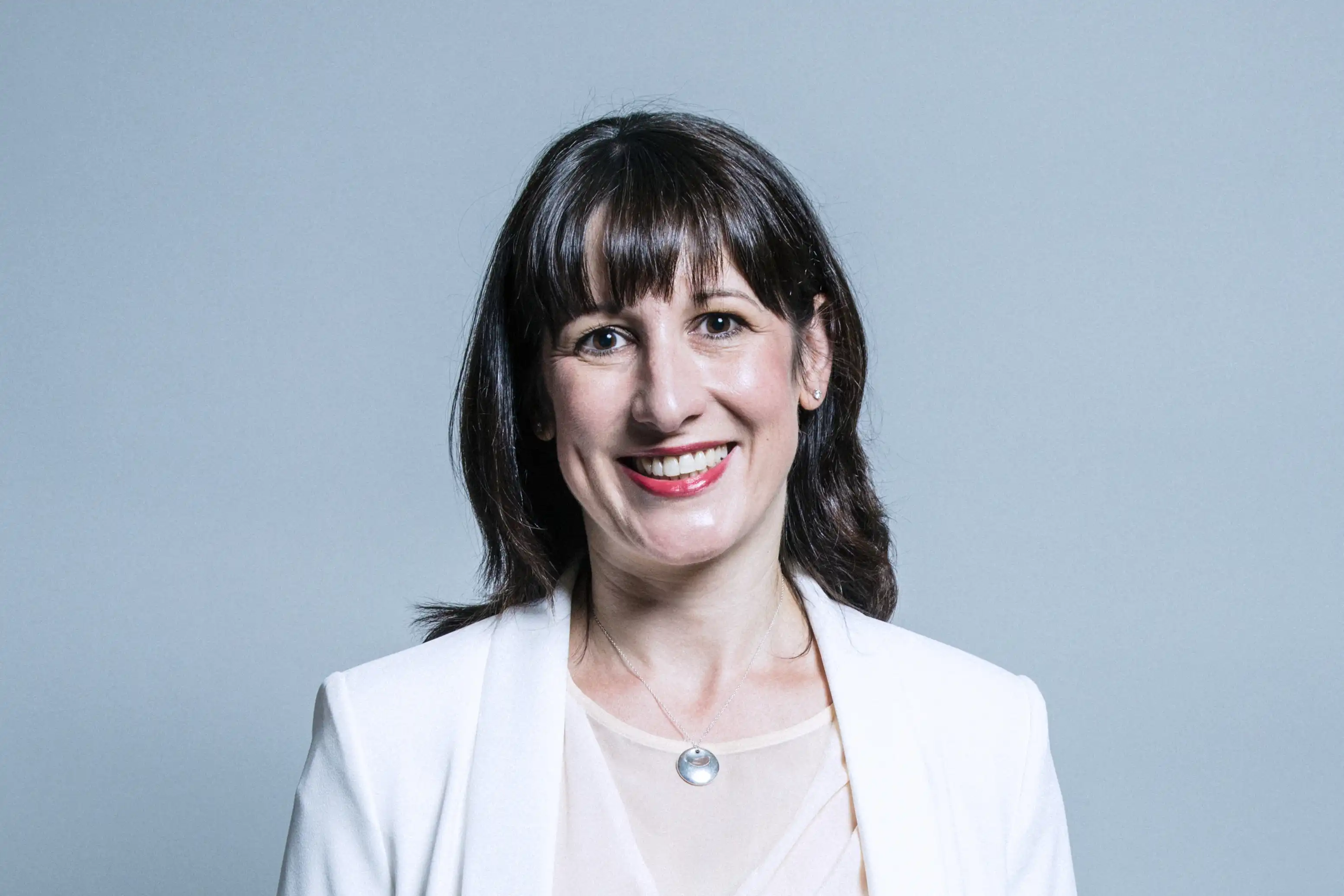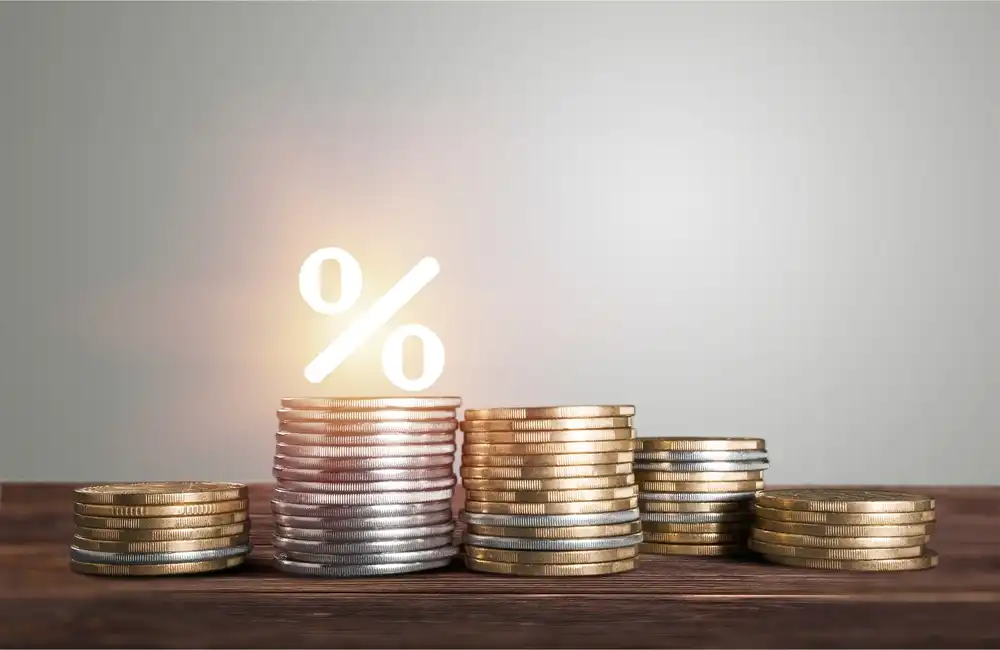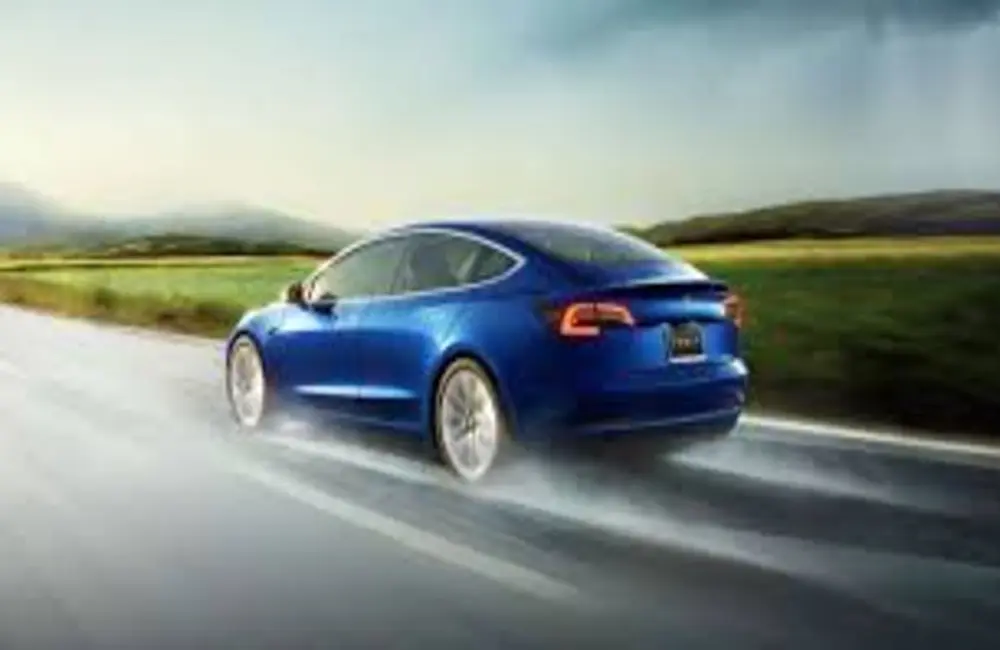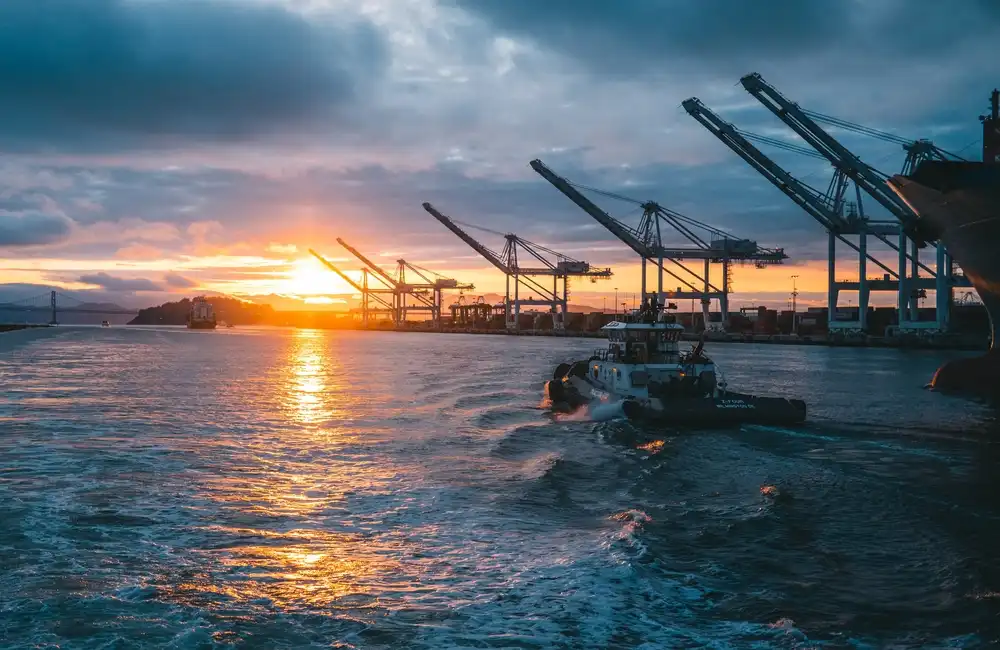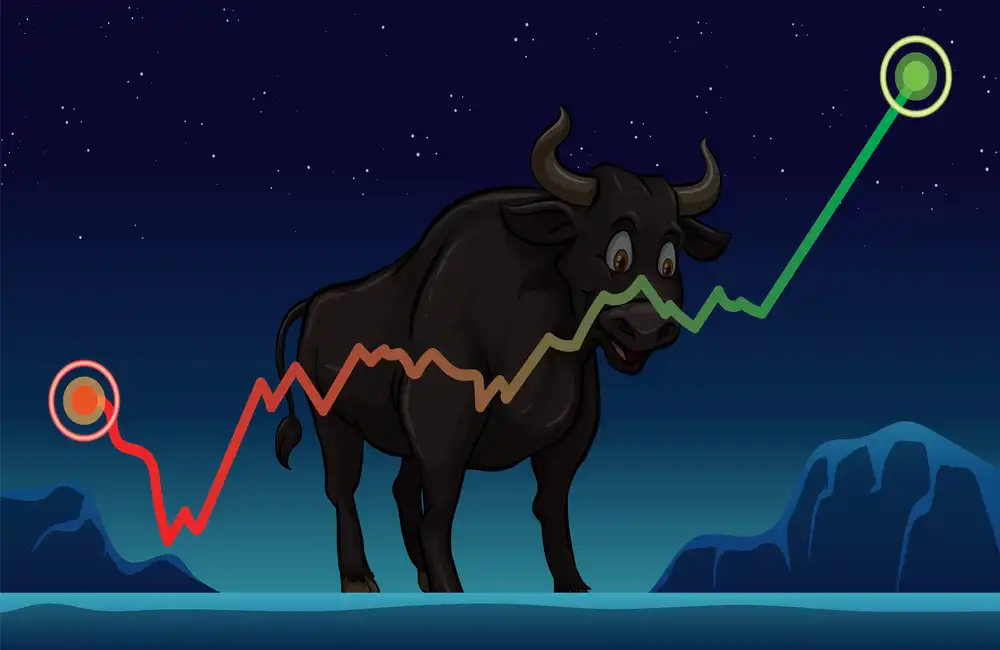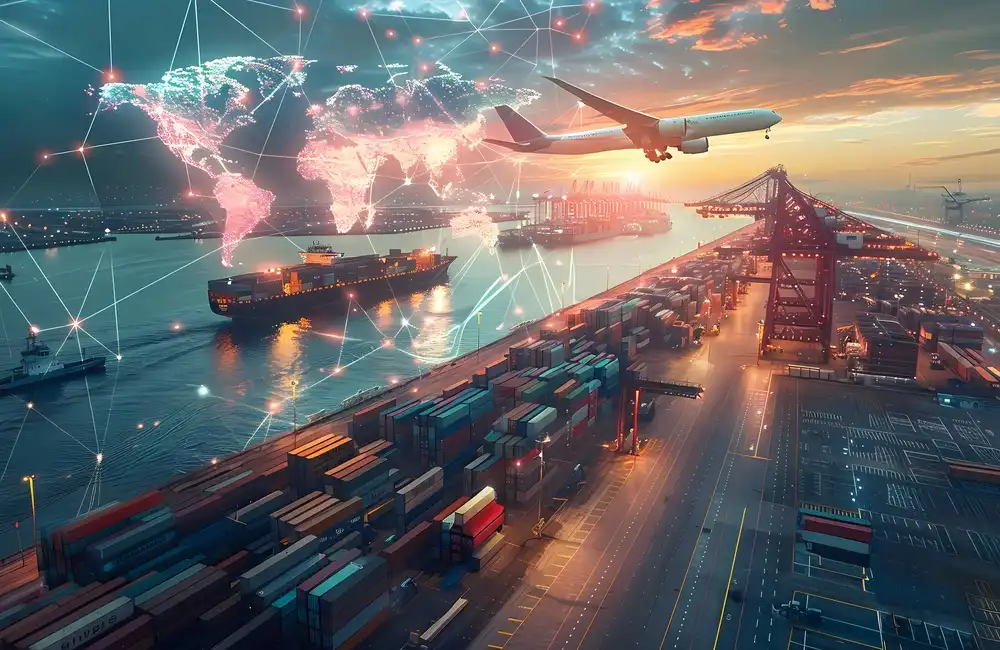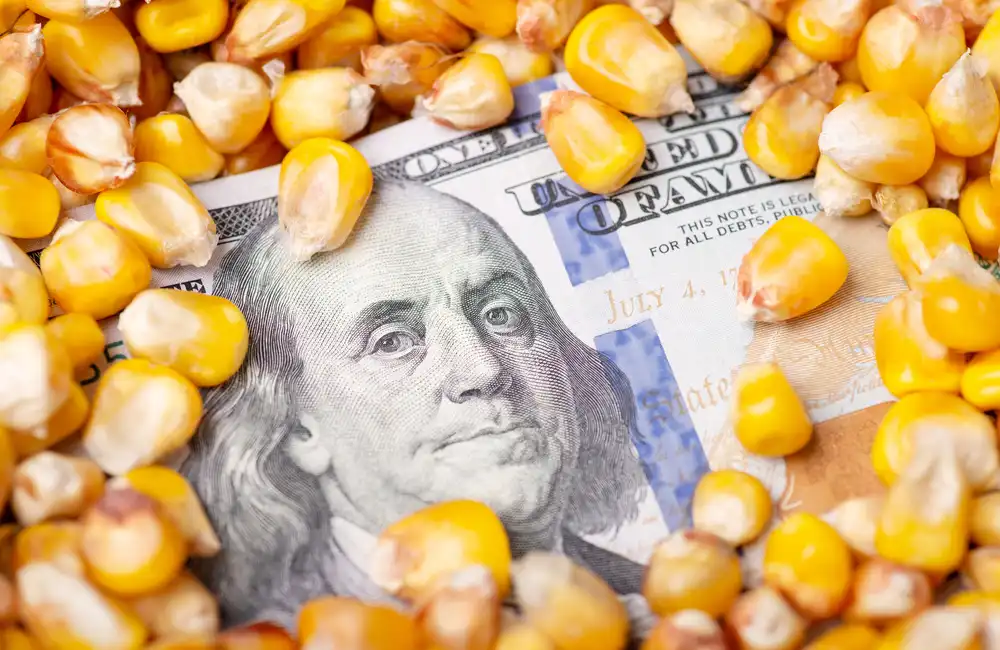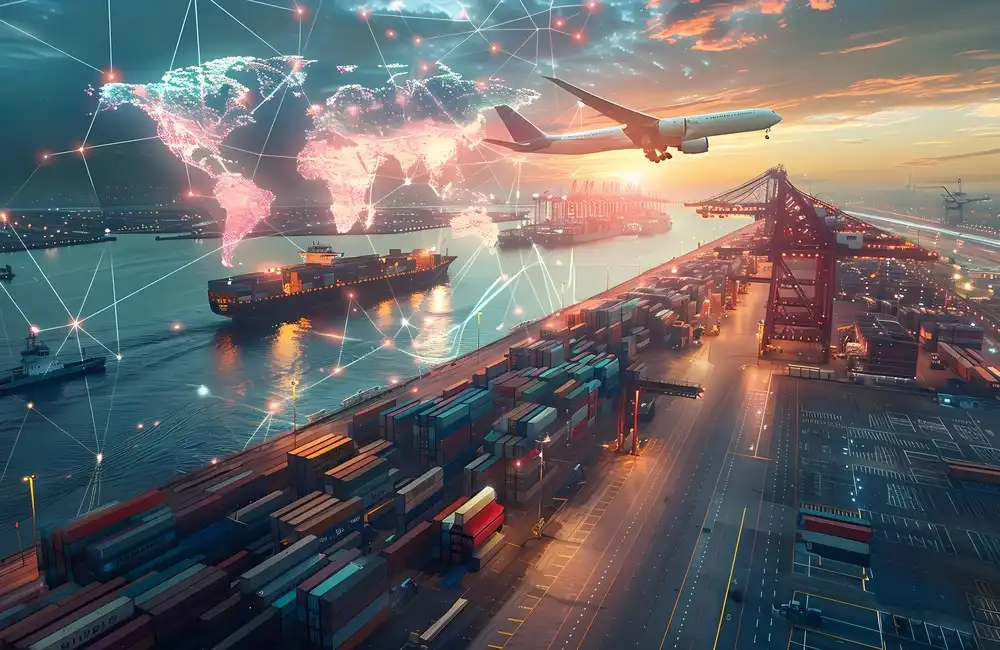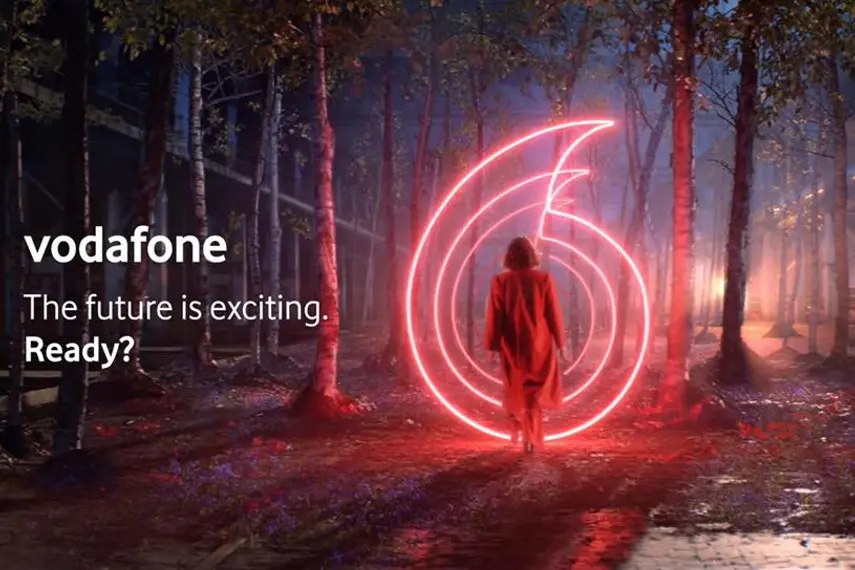Electric vehicle maker Tesla installed nickel and cobalt-free lithium iron phosphate, or LFP, batteries in nearly half of the EVs it produced in the first quarter of 2022, according to its new results presentation for the quarter released April 20.
The firm is applying LFP batteries in a majority of the standard range vehicle products it sells, it added, as well as in commercial energy storage applications, saying that a Tesla Model 3 equipped with an LFP battery pack could still manage a 267-mile range, thanks to its motors that use energy efficiently.
“Battery chemistry diversification is critical for our long-term capacity growth, more optimized products for a wide range of usage scenarios, and a broader supplier base,” it said.
In October 2021, Tesla announced that it would transition all standard range vehicles around the world to LFP cells.
LFP batteries have developed within 2021, with technology advances at the battery pack level boosting the driving distance of these batteries without reducing price and safety benefits.
Earlier in April, Tesla announced that total Q1 EV production increased 69.4% over the previous year to 305,407 units.
That total production included 14,218 Model S/X vehicles, increased from 0 produced in Q1 2021, and 291,189 Model 3/Y vehicles, up 61.5% year on year.
It also shipped a record 310,048 vehicles internally, up 67.8% on a year on year basis, comprised of 14,274 Model S/X units, easily above the 2,020 units sold in Q1 2021, and 295,324 Model 3/Y units, up 61.6% on a year on year basis.
The electric vehicle maker said it would ramp up manufacturing capacity as fast as possible and, in the results, that it expected to achieve average annual growth of 50% in vehicle deliveries, although the scope of growth would vary based on equipment capacity, operational efficiency and the capacity and stability of the supply chain.
Supply chain challenges
Like most automakers, Tesla still faces supply chain challenges.
“Along with chip shortages, recent outbreaks of COVID-19 have stressed our supply chain and factory operations,” Tesla said.
Its factories were operating below capacity for several quarters with the supply chain being the main limiting factor and it expected that to continue through the rest of 2022, it said.
Gigafactory Shanghai was especially hard-hit, it said, noting that, although its weekly Shanghai production was strong for the first quarter, a spike in COVID-19 cases had led to a temporary factory and supply chain shutdown.
It had resumed limited production in Shanghai since then, but was still closely monitoring the situation, the company said.
In the first quarter, the company began deliveries of Model Y vehicles from its Gigafactory Texas and Gigafactory Berlin-Brandenburg, and said it was also “putting significant efforts into in-house cell production, raw material procurement and supplier diversification.”
The rate of production ramp the two new gigafactories would see would be influenced by successful implementations of new product and manufacturing technologies at new locations and supply chain-related headwinds that continue, it said.
“Factory ramps take time, and Gigafactory Austin and Gigafactory Berlin-Brandenburg won’t be any different,” Tesla said.
Higher raw material costs
The company said it had also been impacted by prices for some raw materials rising “multiple fold” in the past few months.
“The inflationary effect on our cost structure has led us to adjust our product pricing while also seeking to continue to reduce our manufacturing costs where possible,” it said.
Battery metal prices in 2022 have been moving from strength to strength, with lithium carbonate assessed at $77,000/mt CIF North Asia April 20, up 128% since the start of the year, and the lithium hydroxide assessment also gaining 159% to $82,000/mt CIF North Asia over the same period.
Platts 30% Co cobalt hydroxide assessment was unch at $34/lb CIF China April 20 for spot liftings conforming to Platts methodology up to 15-60 days out, up 23% year to date, S&P Global data showed.


